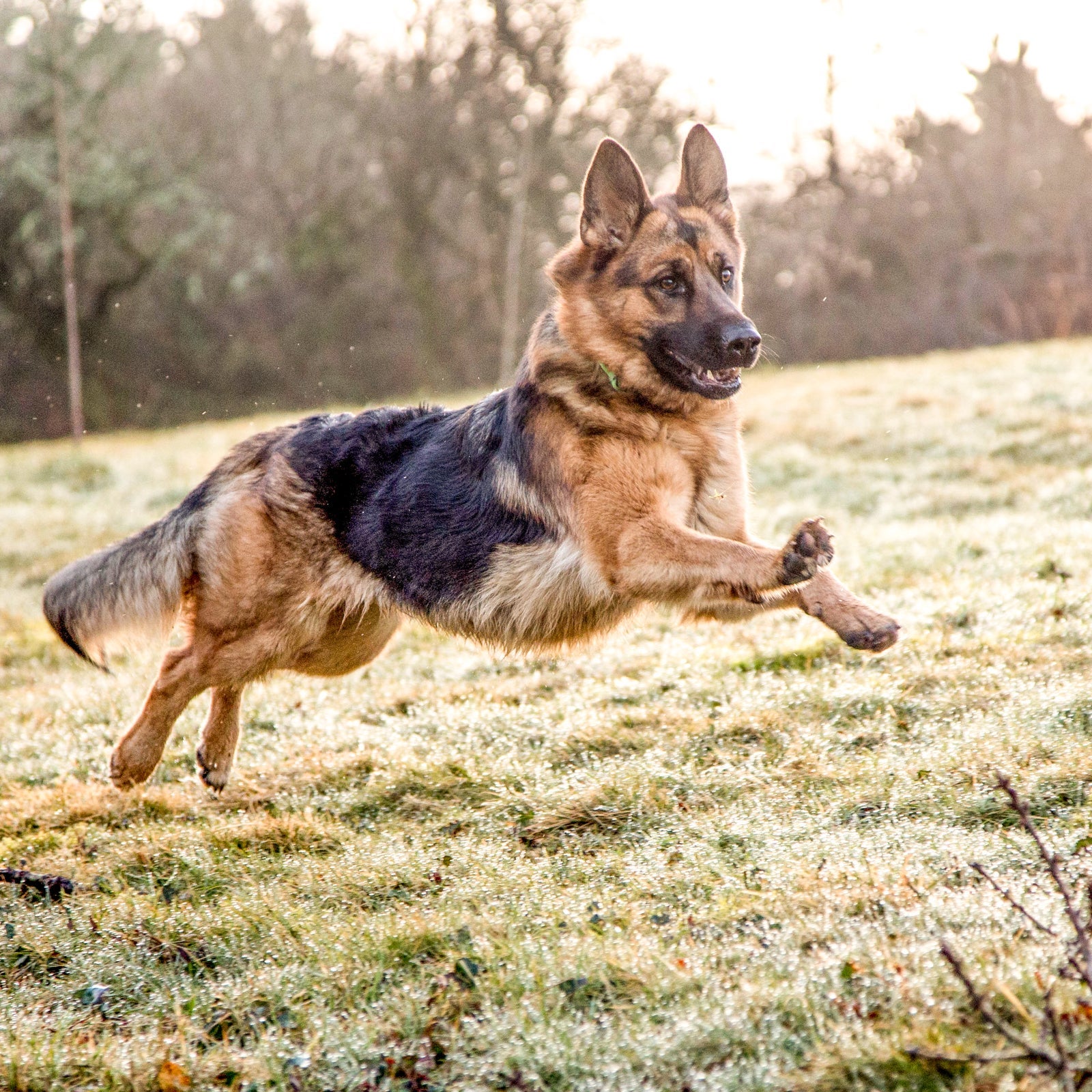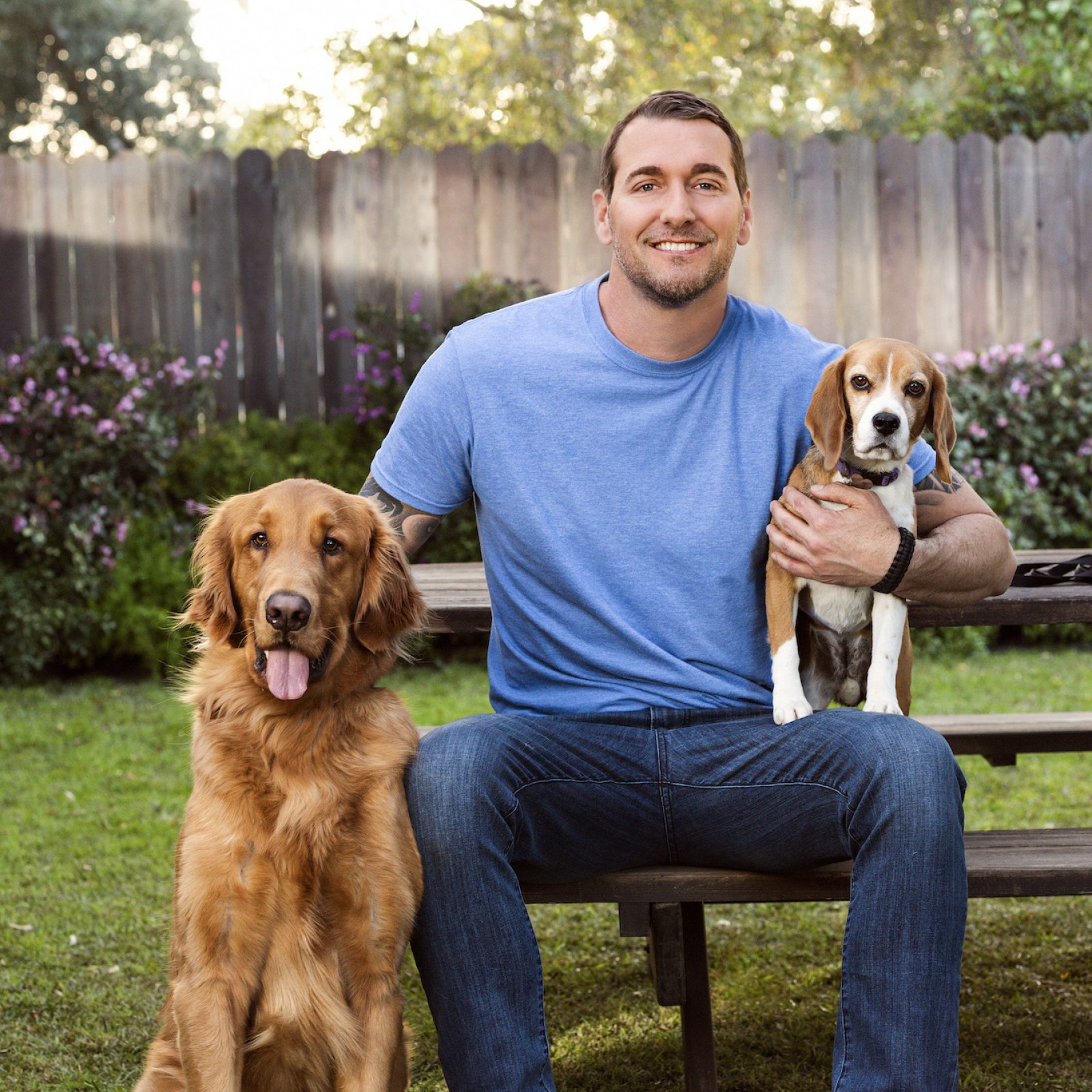The Role of Socialization in Dog Training for Better Behavior
Transform Your Dog's Behavior With Proven Training Approaches
Changing your dog's habits calls for a nuanced understanding of their individual characteristics and requirements, as well as the application of tried and tested training approaches. Uniformity in your training strategy not just improves obedience but also fosters a deeper bond of trust fund and respect in between you and your family pet.
Understanding Pet Dog Actions
Comprehending pet habits is important for effective training and interaction between people and their canine friends. Canines, as social pets, show a variety of habits influenced by genes, setting, and experiences - Dog training. Identifying these habits assists owners customize their training approaches to meet the certain requirements of their pets
Key aspects of canine behavior include body movement, vocalizations, and social communications. A wagging tail commonly indicates exhilaration, while a lowered head might signal submission or anxiety. Comprehending these signals can aid proprietors analyze their pet's emotion and react appropriately. Furthermore, socializing plays a crucial role fit behavior; canines that connect positively with various other animals and various people are usually a lot more well-adjusted and adaptable.
Additionally, identifying stress and anxiety signals-- such as avoidance, panting, or pacing habits-- can protect against rise into much more severe issues. Proprietors who are attuned to their dog's behavior can develop a caring and safe atmosphere, promoting trust and improving the training procedure. Inevitably, a deep understanding of canine habits lays the structure for an unified relationship and efficient training end results, making certain both dogs and their proprietors thrive with each other.
Favorable Support Techniques
Favorable support methods are commonly recognized as one of the most reliable approaches for training pets, fostering a positive learning environment. This strategy includes gratifying desired habits with deals with, praise, or play, thereby motivating the pet to duplicate those behaviors. Unlike vindictive techniques, positive support builds trust fund and reinforces the bond in between the instructor and the pet.
To implement favorable support properly, timing is critical. Incentives should be offered immediately adhering to the desired habits to aid the pet dog make the link. Uniformity is additionally important; making use of the very same commands and benefits helps the pet understand what is expected. Furthermore, varying the benefits can maintain the canine involved - Dog training. As an example, rotating in between deals with, toys, and verbal praise can keep rate of interest and inspiration.
It is essential to keep in mind that positive reinforcement is not regarding bribery; rather, it has to do with enhancing good actions. Over time, as the dog finds out to associate details actions with positive end results, the regularity of benefits can be gradually lowered, transitioning to spoken praise or periodic rewards. This technique not only urges obedience however also advertises a positive and satisfied canine, making training a more pleasurable experience for both parties involved.
Attending To Typical Problems
Attending to usual concerns during canine training is essential for ensuring a harmonious and effective relationship between the pet and its owner. Lots of canine proprietors experience behavior obstacles, such as excessive barking, leaping, and leash pulling. Comprehending the source of these behaviors is crucial for effective training.
Excessive barking might come from monotony, stress and anxiety, or an absence of socializing. To minimize this, supply adequate workout, psychological stimulation, and opportunities for social interaction with both humans and other pet dogs. Jumping can often signify excitement or a wish for attention. Training the pet to sit upon welcoming can redirect this habits positively.
Leash drawing is an additional common issue, frequently arising from a pet's passion to explore. Utilizing proper chain managing methods, combined with training protocols that motivate loose-leash walking, can considerably improve this actions.
Additionally, concerns like resource guarding or splitting up anxiety need customized techniques. Gradual desensitization and counter-conditioning can be efficient in attending to these difficulties. By identifying and proactively taking care of these typical problems, dog owners can cultivate a much more enjoyable training experience and strengthen the bond with their canine companions.
Uniformity in Training

To accomplish uniformity, it is important that all participants of the household comply with the same training approaches. Using the exact same verbal signs and hand signals guarantees that the dog obtains uniform messages. Furthermore, the timing of benefits and improvements should be regular; immediate support raises the possibility that the pet will associate the behavior with the end result.
Regular practice sessions, coupled with organized look at this website routines for feeding, strolling, and play, assistance dogs expect and understand their environment, making them extra receptive to training. Inevitably, consistency fosters a sense of protection and trust, empowering dogs to find out more effectively.
Structure a Solid Bond
How can cultivating a strong bond between a pet and its proprietor enhance the training experience? A strong connection improved depend on and regard works as the foundation for reliable training. When a pet dog really feels protected in try here its connection with its proprietor, it is more probable to display favorable actions and be receptive to discovering. This bond urges the dog to involve completely in training sessions, as it views the owner as a source of guidance and support.
Furthermore, a strong bond promotes far better communication. Dogs are adept at reading human cues, and a relying on connection permits more clear signals during training. Owners who invest time in structure this bond via play, socialization, and positive support create an environment where dogs really feel eager and inspired to discover.
In addition, a well-established connection can reduce anxiousness and behavior problems, as dogs are much less most likely to act out when they feel comprehended and cared for. Therefore, prioritizing the development of a strong bond not only improves the training experience however also adds to a better and a lot more well-adjusted pet dog. Eventually, the journey of training transforms into a collaborative collaboration, causing lasting behavior improvements.
Conclusion

Proprietors that are attuned to their pet dog's actions can produce a nurturing and secure environment, fostering trust fund and improving the training procedure. Eventually, a deep understanding of canine behavior lays the structure for an unified connection and reliable training outcomes, making certain both canines and their proprietors grow together.
Resolving typical issues throughout dog training is necessary for guaranteeing a successful and harmonious partnership between the pet and its proprietor.Consistency is a cornerstone of effective canine training, as it establishes a clear framework for the canine to comprehend assumptions and actions.In verdict, changing a dog's behavior through shown training techniques needs an understanding of canine actions, the application of positive reinforcement methods, and a focus on consistency.